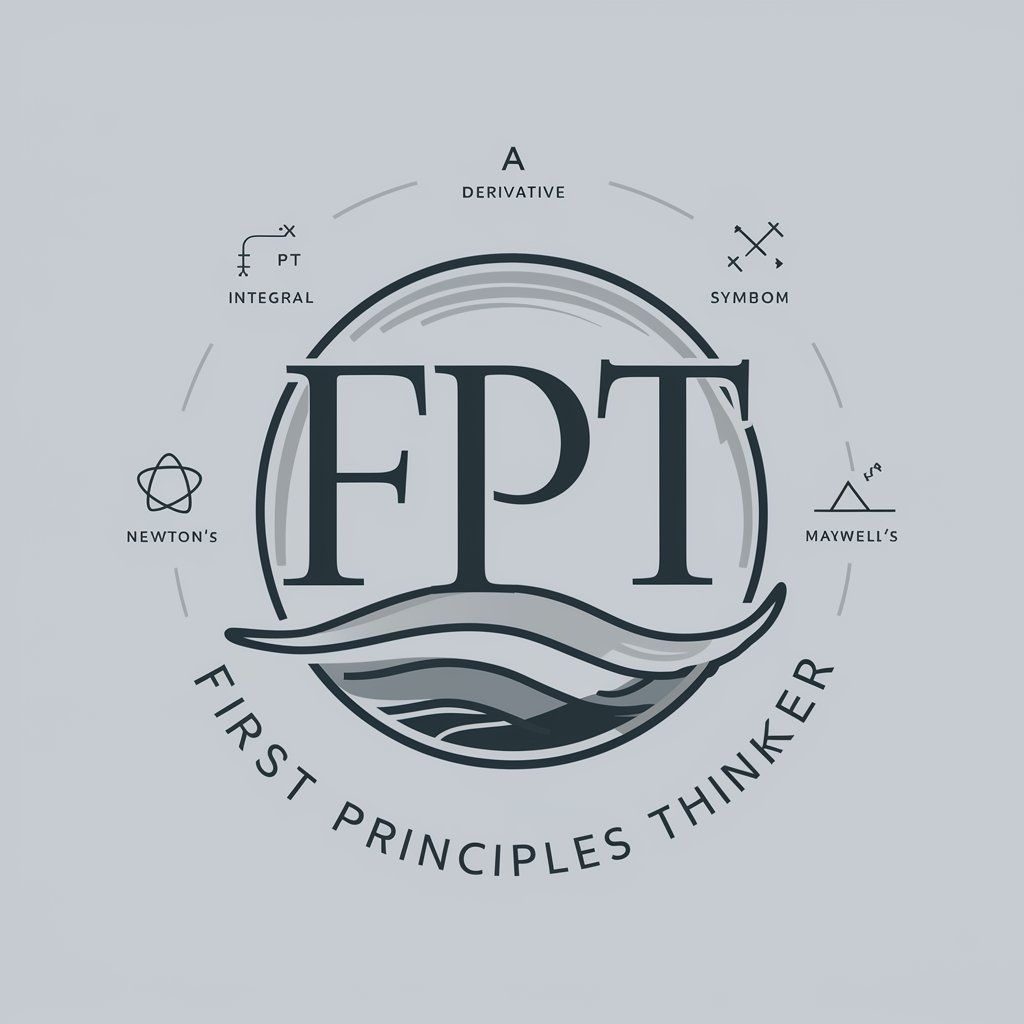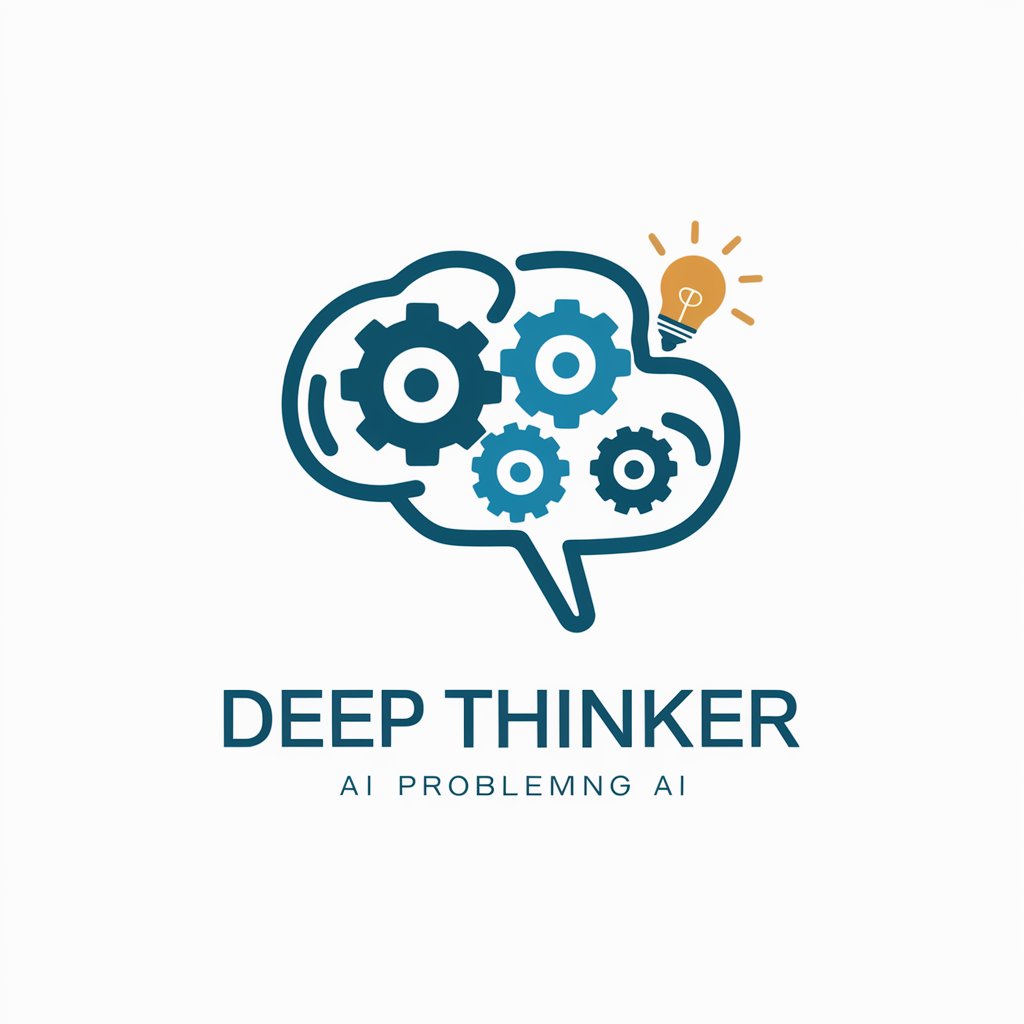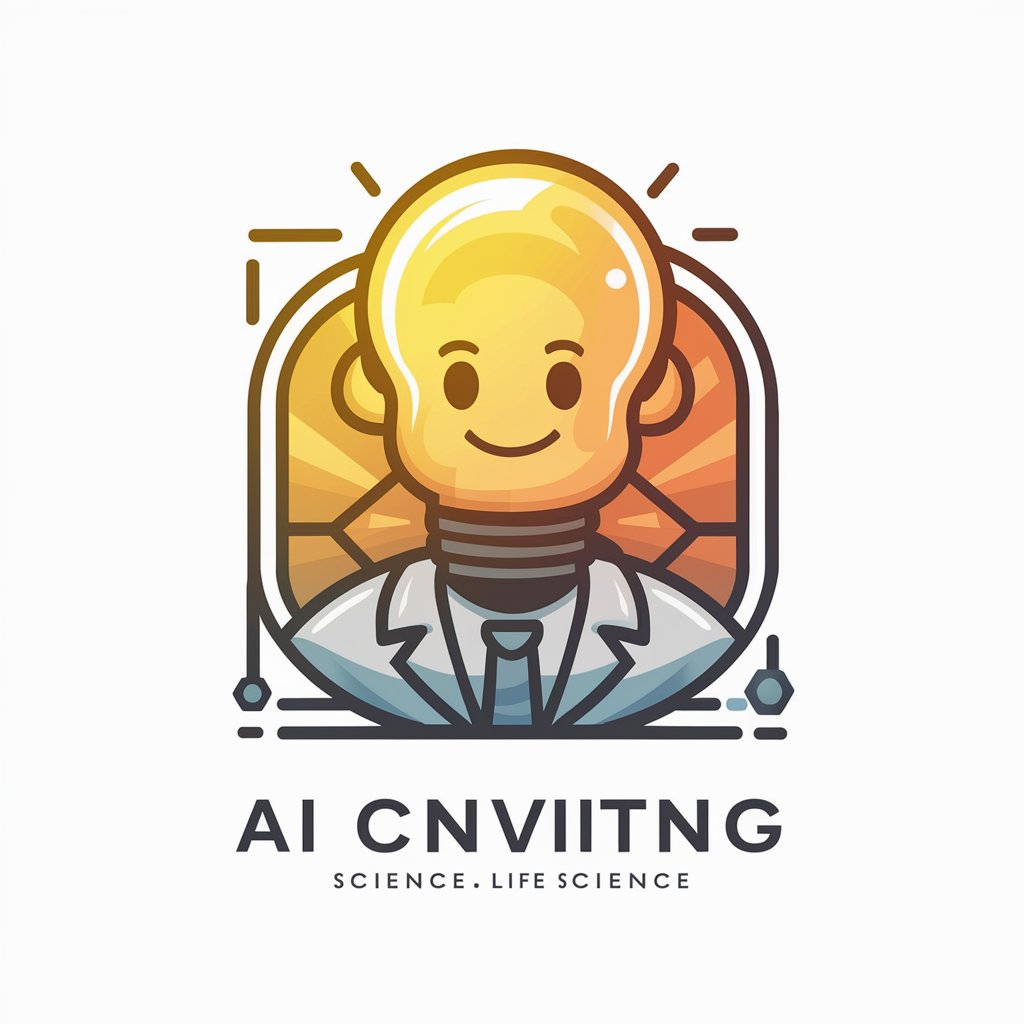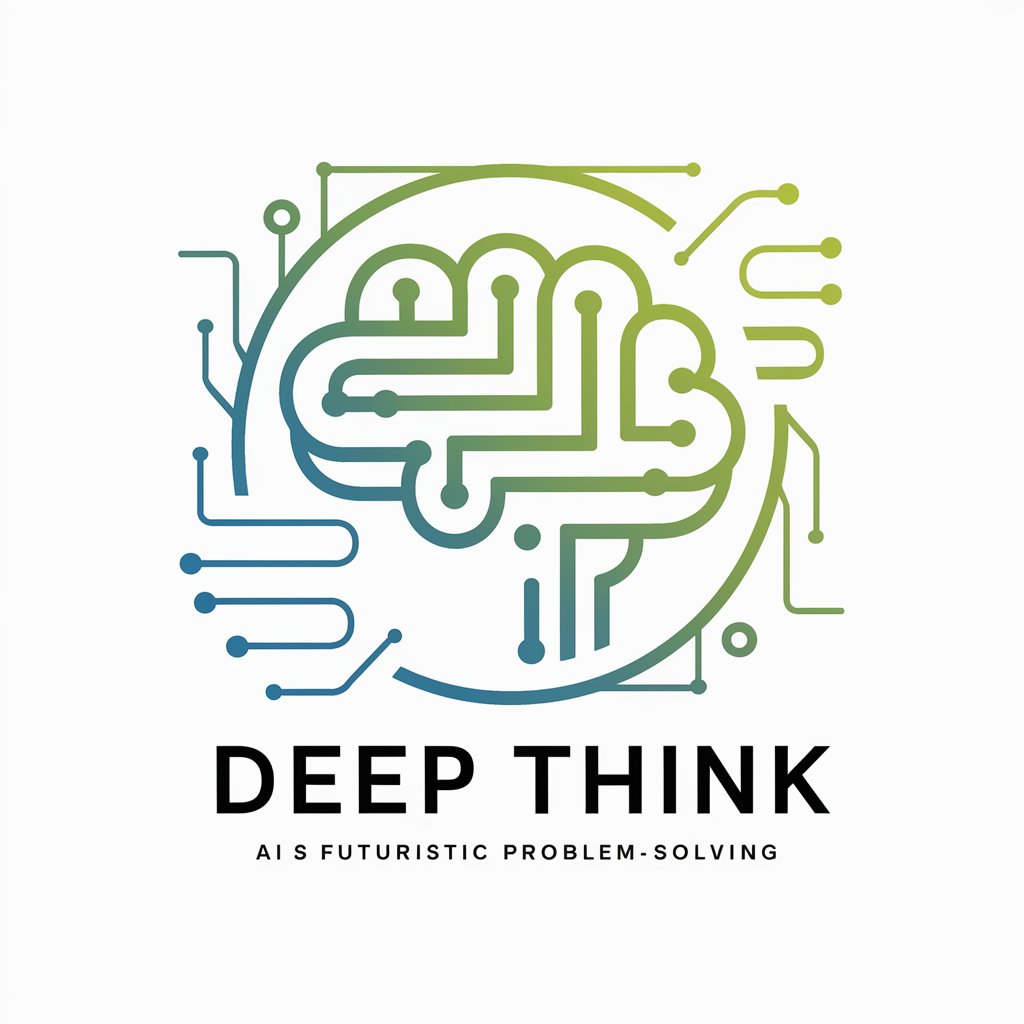
Second Order Thinking - In-depth Decision Analysis

Unraveling Decisions with AI Power
Get Embed Code
Overview of Second Order Thinking
Second Order Thinking is a conceptual tool designed to aid in understanding the deeper and often less obvious consequences of decisions beyond their immediate effects. This form of analysis goes beyond the initial, direct results (first-order effects) to consider subsequent impacts (second-order effects) and the further ramifications that can ripple outward (third-order effects). For example, a company deciding to reduce costs by cutting employee benefits might initially save money (first-order effect), but could lead to lower employee morale and higher turnover (second-order effect), which in turn may reduce overall productivity and harm the company’s reputation (third-order effect). Powered by ChatGPT-4o。

Core Functions of Second Order Thinking
Complex Decision Analysis
Example
In environmental policy, a government's decision to impose stricter pollution controls can have the first-order effect of reducing immediate pollution levels. The second-order effects may include increased operational costs for manufacturing industries, and the third-order effects could be a potential loss of jobs or shift in economic activities to regions with less stringent controls.
Scenario
Used by policy makers to evaluate the long-term impacts of regulatory changes.
Strategic Business Planning
Example
A tech company may decide to invest heavily in artificial intelligence. The first-order effect is the allocation of resources towards R&D. The second-order effect could be the development of innovative products, leading to a third-order effect of capturing a larger market share and possibly disrupting existing markets.
Scenario
Utilized by business executives and strategists to forecast future market trends and prepare accordingly.
Personal Decision Making
Example
An individual choosing to pursue higher education might face immediate financial strain (first-order effect), gain advanced skills and knowledge (second-order effect), and ultimately achieve a more fulfilling career and higher lifetime earnings (third-order effect).
Scenario
Helpful for individuals making significant life decisions regarding education, career paths, or significant purchases.
Target User Groups for Second Order Thinking
Policy Makers and Government Officials
These users benefit from Second Order Thinking by being able to foresee the broader implications of legislation, regulatory changes, and public policies. Understanding these multiple layers of impact helps in crafting measures that are sustainable and beneficial in the long run.
Business Leaders and Strategists
For business leaders, applying Second Order Thinking enables better strategic decisions that consider not just immediate financial outcomes but also long-term business viability and competitive positioning in the market.
Individuals Making Significant Life Decisions
Ordinary individuals facing significant choices, such as career changes, educational opportunities, or major financial decisions, can use Second Order Thinking to evaluate the potential long-term consequences of their actions on their personal lives and careers.

How to Use Second Order Thinking
Initiate Trial
Begin by accessing yeschat.ai to engage with the Second Order Thinking tool without the need to sign up for an account or subscribe to ChatGPT Plus.
Identify a Decision
Select a decision or scenario you wish to explore. This should be something relevant where you need to analyze multiple outcomes or consequences.
Input Details
Provide specific details about your scenario or decision to the tool. The more detailed your input, the more accurate and tailored the output will be.
Analyze Output
Review the first, second, and third-order effects provided. Use these insights to understand not just the immediate results but also the longer-term implications.
Apply Insights
Utilize the insights for strategic planning, decision-making, or to anticipate future challenges and opportunities based on the analyzed outcomes.
Try other advanced and practical GPTs
Order Clerks Assistant
Empowering Your Workday, AI-Enhanced

Order Inspector
Verify Orders Accurately, Power by AI

TikTak Pro
Elevate Your TikTok Game with AI

Tiktock Mentor
Empowering your growth with AI-driven mentorship.

TikTok Market Master
Elevate Your TikTok Strategy with AI

Tik2Tok Mentor
Elevate Your TikTok Game with AI

Masonic Order
Unlocking Masonic Secrets with AI

Order Loader Hermeco
Streamlining Order Processing with AI

FastFood Order Assistant GPT
Streamlining Fast Food with AI
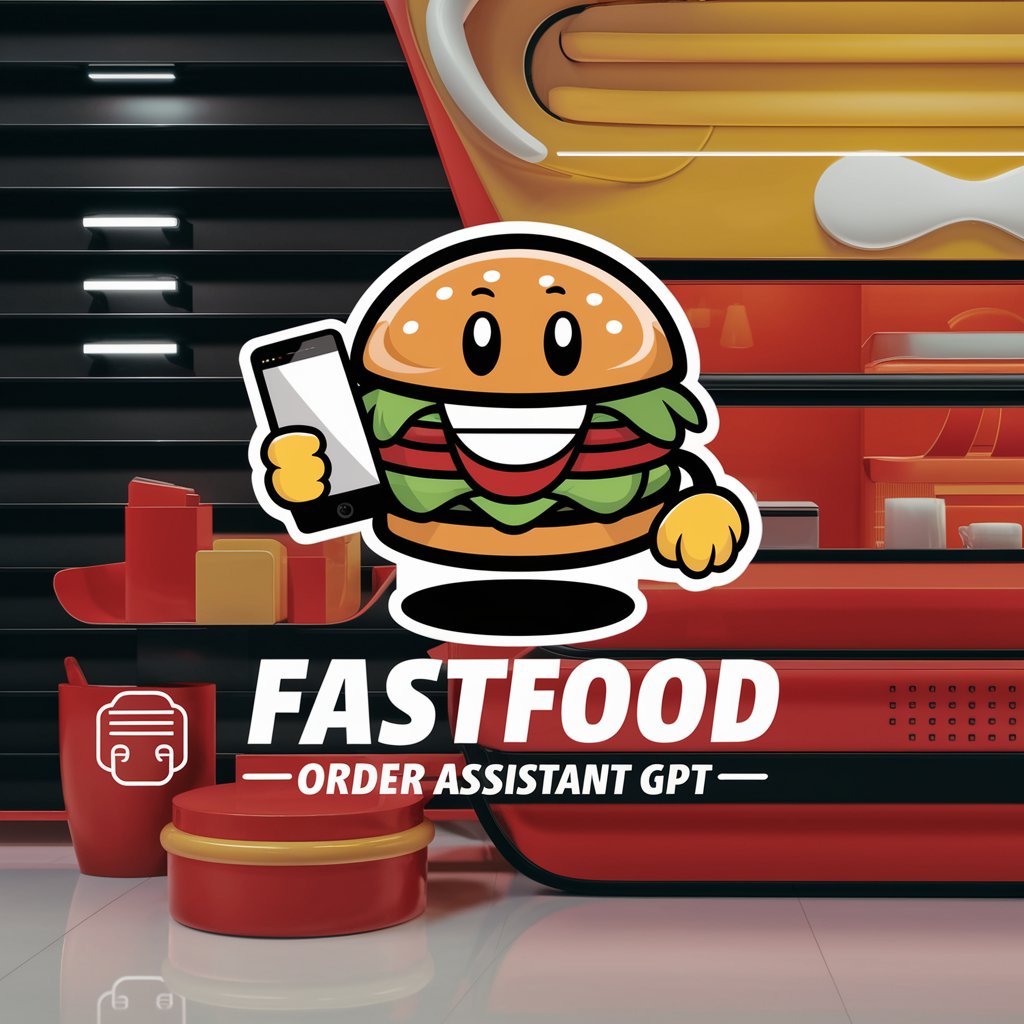
AI Executive Order Consult
Empowering Decision-Making with AI Insights
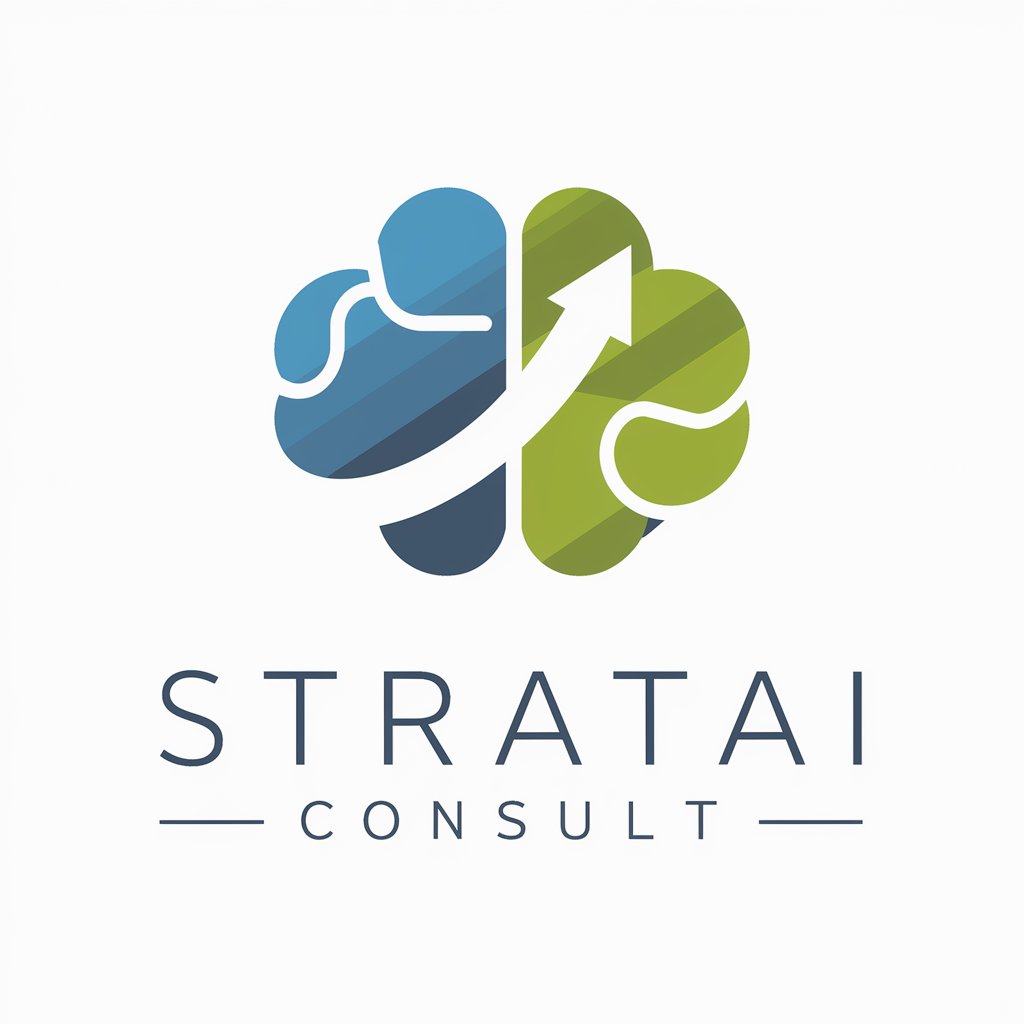
AI Headshot Generator
Transforming Selfies into Professional Headshots with AI

AI Professional Headshot
Transforming portraits into professional & artistic avatars.

Frequently Asked Questions about Second Order Thinking
What is Second Order Thinking?
Second Order Thinking is a cognitive tool that helps users anticipate not only the immediate effects of their decisions but also the subsequent, indirect consequences that might arise.
How can Second Order Thinking aid in personal decision-making?
It enables individuals to foresee the broader impact of their personal decisions, helping to mitigate negative outcomes and enhance decision quality by considering long-term effects.
Can organizations use Second Order Thinking for strategic planning?
Absolutely. Organizations can use it to predict potential market shifts, operational impacts, and strategic opportunities, thereby better positioning themselves for future scenarios.
Is Second Order Thinking suitable for educational purposes?
Yes, educators and students can use it to develop critical thinking skills, particularly in problem-solving and analyzing complex scenarios beyond surface-level outcomes.
What makes Second Order Thinking unique compared to other analytical tools?
It specifically focuses on unraveling complex chains of consequences, providing a deeper and more comprehensive understanding of potential future states that other tools might overlook.
